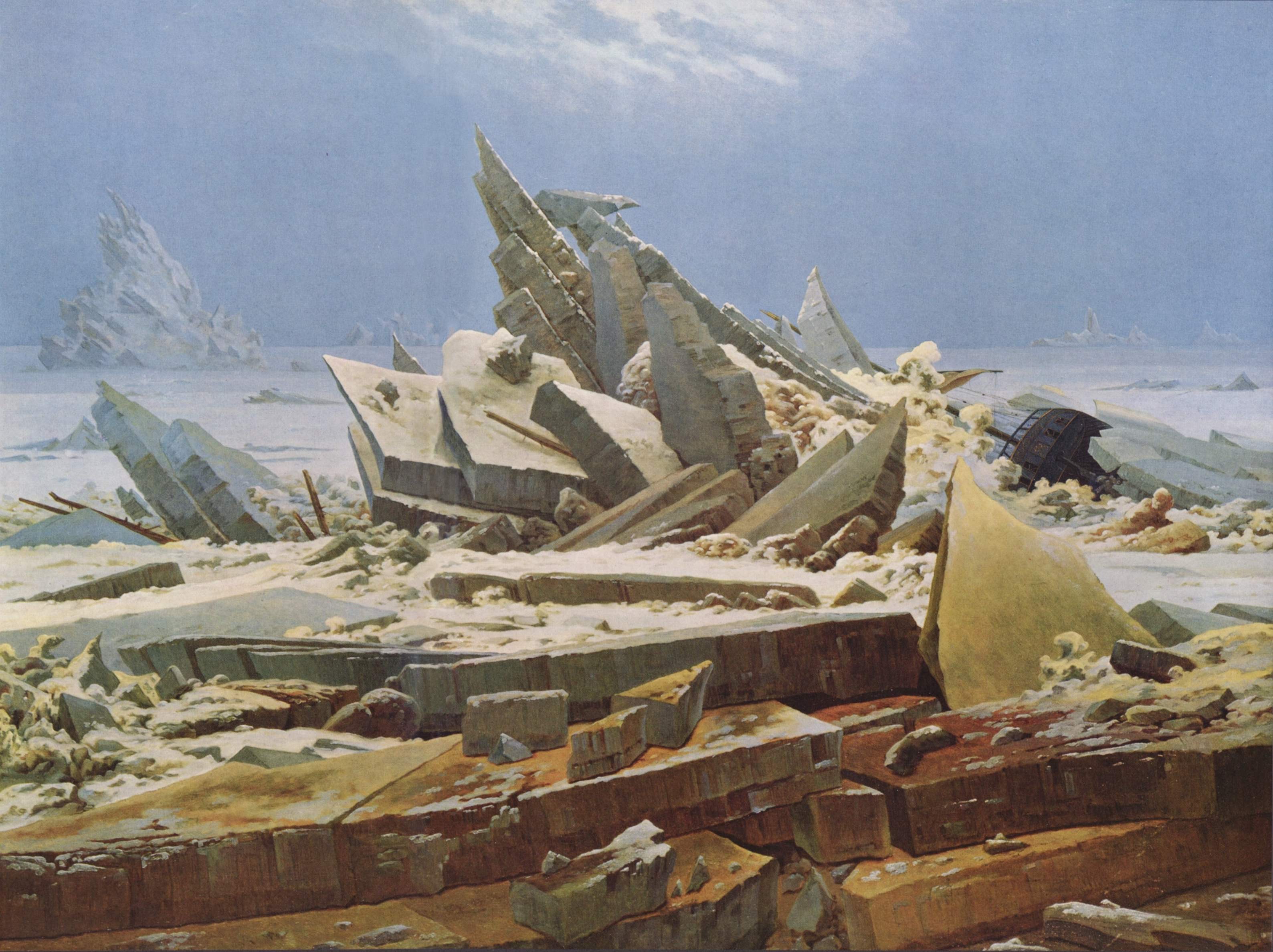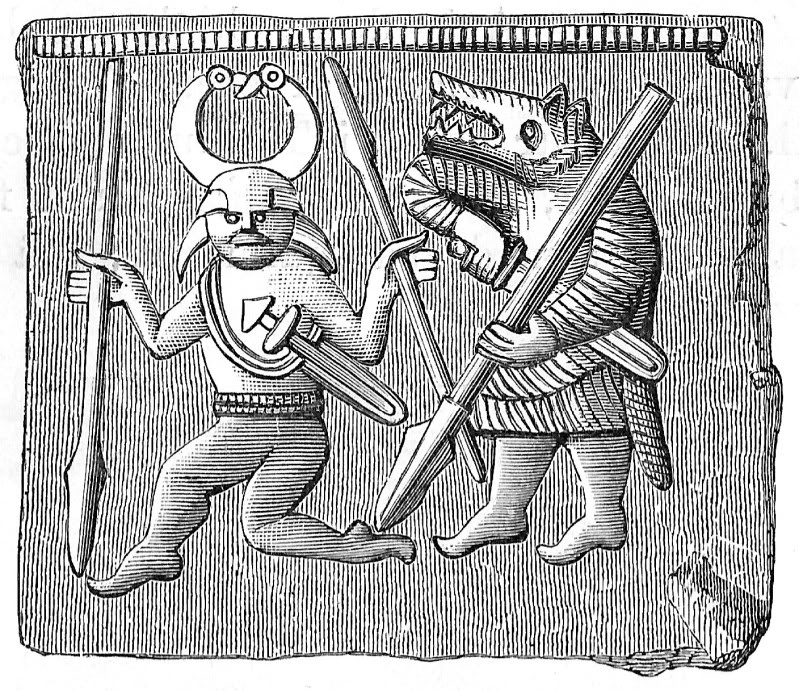Iceland is attractive not only to the Polish people. Many, even from much warmer and nicer places, choose to live on this moody but wonderful island.
For unknowns reasons, I keep meeting all the most positive weirdos, whose stories are much stunning than mine. Although I haven’t met Mak Jürgen in person yet, we had one chat on-line and it clicked immediately. We contacted due to his exhibition “I miss the days chasing lights”, photography and poetry show in HART Hostel and Art Gallery in Wrocław. It started on the 22nd of March and will last untill the 5th of April. (This is Part 2 of the Interview with Mak Jürgen).
UT: Would you say that you don’t just take pictures, but a portrait of Icelandic lighthouses? Your own soul painted in this tiny piece of the Icelandic scenery?
This particular moment is very important. That’s also why I love photography, but I chose the analogue technique, though digital would have been closer to my education (laughter). You can take pictures of well-known waterfalls for hundreds of times, places you already know, like Kirkjufell. Those pictures you scroll on Instagram don’t make Iceland less beautiful, however I wanted to do different photography. When I go to the lighthouses, I absorb the surroundings: wind, rain. Once I went to the northernmost point of ‘inland’ Iceland. On that day, there was an orange alert in the south-east, but I thought it’s going to be fine in the north-east, it wasn’t. The road there was awful because of the weather, but shortly after I arrived, the rain stopped and the wind turned out not that bad. It was a very special moment. What I tried is to capture or reflect this feelings in photographs and words This is also where my poems come from. I take the phone, write down my thoughts and sometimes I like what I write, sometimes – back at home, I just think it’s not enough, but there is always the essence of what I lived this day.

UT: Emotional comment to your particular state of mind in the particular time and particular moment. You write in English, although it’s usually easier to put feelings in words of a native language. How do you deal with that?
MJ: I would find it too complicated to write in Basque/Spanish and then translate. My life in Iceland is based on English – I use it at work, I use it in conversations with friends, I rarely use my native language apart from calls with family and friends or talks with Spaniards living here. But it is a part of my being here. It comes therefore naturally, of course it’s not the same, but I try to write how I can, I do my best to express myself. Also, I have some help, a friend in Akureyri who studied English literature and she plays a role of some sort of an editor. She proofreads, comments what I write.
UT: I bet you know about Icelandic-Basque relation from the past. Both nations were related with the sea, fishery. When in Iceland, do you feel like there is something alike between your two homes?
MJ: I feel the distance, although Iceland is my new home. Basque people, or Spanish people are of course different from the Icelanders: open, direct, sociable, friendly. In Basque Country, however, it is hard to cross the line of making friends, but then you become real friends. I feel something similar in Nordic countries is not the easiest connection between people, but I don’t mean they are cold or unfriendly – I had very welcoming hosts and friends in Akureyri – but they won’t make friendships with you at once neither. If I say that I’m a Basque, a lot of people, especially the old, would react “Ay yes, Baskelandi!” and it makes me so happy because usually people from Europe don’t know what the Basque Country is. Here, on Iceland, almost everyone knows. They tell the stories, they have connections.
UT: Getting back to Instagram pictures. On your Instagram you post mostly clouds and skies, almost no lighthouses.
MJ: That was another project. I wanted to take pictures of the skies every single day, not only in Iceland but also of other places, and make an exhibition/ a show about it. But this comes later. I have plenty of projects, I can’t just stop on one idea. As for a creative person, continuity is sometimes hard. I start many things in the same time and don’t finish many of them. But I hope one day I’ll get back to them.
UT: Many projects, many ideas. Are you up for collaborations? Do you know some Icelandic photographers you think you’d like to work with?
MJ: As an artist, I was never used to work with other photographers. I’d rather be a bit aside, I don’t want to be in the middle of attention neither. Some Icelanders are also difficult to work with, they are kind of moody (I wouldn’t say that) maybe instead; I’m not quite sure how the Icelandic art scene works. There was a professor, for example, who shown us his studio very vividly and openly, naturally, friendly. Then we went to an exhibition in the Photography School in Reykjavik, the feeling there was quite elitist and close. Some people became famous, others are just nice and just normal nice people, doing what they do, I would say that the latest is my kind and Icelanders sometimes are quite like that, something I really like. I don’t know entirely if I am an artist or a photographer. Too big words to say.
UT: Would you say that Iceland is the land of photographers? Some say it has special filters already, whether it’s colour or the fog, that make it so photogenic and beautiful that you can’t take a bad picture in Iceland. You are more a landscape photographer, not thus interested in “typical” views of Iceland. Is it so that Icelandic photographers are already fed up with all these postcards landscapes and they’d rather make documentary photos instead? To tell the story about the place? Lighthouses as a figure of solitude. There is only one lighthouse and nothing else usually on your pictures.
MJ: I think it’s about the light. This is what Iceland has special. From the very dark to the very bright. I don’t know if it’s a matter of the latitude, but Iceland is special, on pictures. Iceland taught me about the attitude: it doesn’t matter if you’re and artist or not, you take pictures of what you see. It’s easier to be an artist here. What I mean is that here the sentence “I’m an artist” seems to be easily pronounced; from my point of view or understanding an artistic expression and therefore the self-definition as an artist – compared with other places I’ve been to, in Iceland is just easier and more openly accepted. Iceland is very inspiring. from the ground to the skies.
UT: Is Iceland your home now?
I don’t think I’d end up living the rest of my live in my hometown (UT: in the Basque Country). Iceland had been my home before I ever stepped on this island, or at least that’s how I feel. And it’s not that I have any kind of rejection towards the Basque Country (or any other place) – quite the opposite. Usually you realise that you love a place only when you leave or lose it; I do love my homeland, it’s just a feeling, and I let myself guided by feelings a lot. It’s hard to say that I will stay here forever, but I miss Iceland every time I’m away for a while. The future is untold, but I can say one thing: at the moment it’s hard to imagine me leaving heima.
This is part 2. Click here for part 1 of the interview with Mak Jürgen.























































